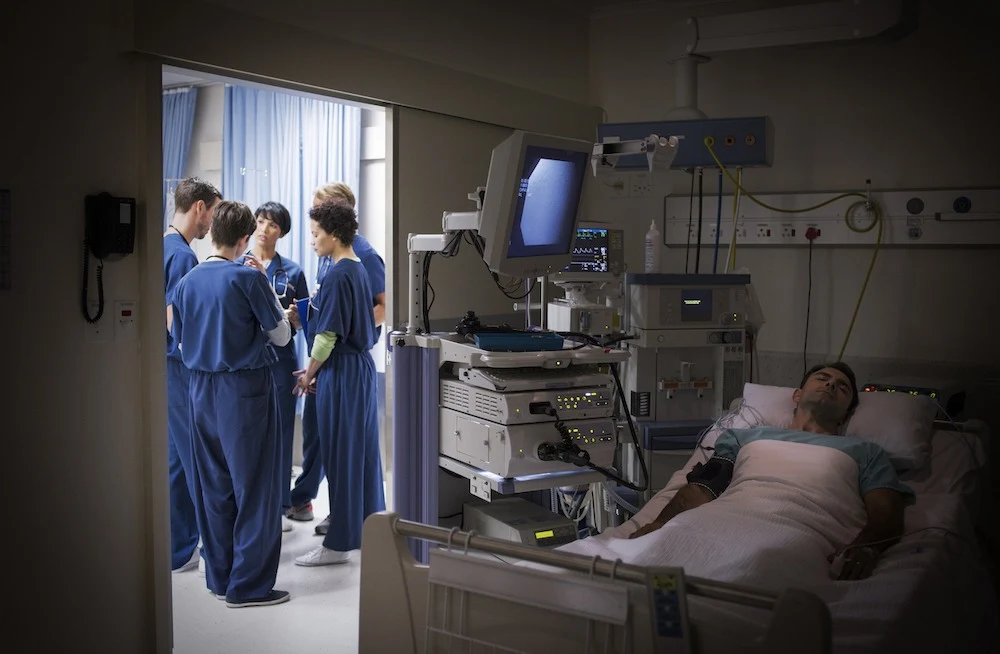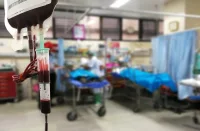Spontaneous aneurysmal subarachnoid haemorrhage (SAH) is a serious cerebrovascular event contributing significantly to morbidity and mortality. It is often associated with anaemia, which can worsen brain injury through cerebral hypoxia, particularly when haemoglobin (Hb) levels drop below 5 g/dL.
In healthy brains, anaemia is compensated by increased cerebral blood flow (CBF) and cardiac output, but these mechanisms fail at low Hb levels, leading to brain hypoxia. Patients with SAH often experience haemodynamic instability, impaired autoregulation, and vasospasm, all of which can exacerbate brain hypoxia. Anaemia is a known independent risk factor for poor outcomes in SAH patients.
The benefits of red blood cell transfusion (RBCT) on brain oxygenation are debated, as RBCT can sometimes increase blood viscosity, potentially worsening cerebral ischaemia. Additionally, strategies like haemodilution aimed at improving microcirculatory perfusion during vasospasm have been discontinued due to negative effects on oxygen delivery. The impact of RBCT on patient outcomes remains unclear, with some studies showing poor outcomes linked to transfusions while others do not.
Recent trials, including the TRAIN trial, examined the effects of different transfusion strategies in patients with acute brain injuries, including SAH, and found mixed results. The secondary analysis of the TRAIN trial specifically focused on how transfusion strategies affected neurological outcomes in SAH patients.
This analysis, focusing on SAH patients who were randomised to receive RBCT when Hb levels fell below 9 g/dL (liberal group) or 7 g/dL (restrictive group). The primary outcome was an unfavourable neurological outcome at 180 days, defined as a Glasgow Outcome Scale Extended score of 1–5.
In the trial, 188 out of 190 SAH patients had data for the primary outcome, with 86 in the liberal group and 102 in the restrictive group. The liberal group was older but had similar baseline characteristics. They received more RBCT and had higher Hb levels over time. At 180 days, 66.3% of the liberal group and 76.4% of the restrictive group had unfavourable outcomes. The liberal group had a significantly lower risk of cerebral ischaemia. In multivariate analysis, randomisation to the liberal group was associated with a lower risk of unfavourable outcomes.
No significant difference was found in long-term unfavourable neurological outcomes between liberal and restrictive transfusion strategies in SAH patients. However, the liberal group showed a 10% absolute reduction in unfavourable outcomes, suggesting the study may have been underpowered. The liberal strategy was associated with a lower risk of unfavourable outcomes and cerebral ischaemia. Previous studies on RBCT in SAH patients showed conflicting results regarding its impact on outcomes, but transfusions have been linked to improved cerebral oxygen delivery.
This study suggests that RBCT may help reduce ischaemia in the early phase of SAH and emphasises the importance of managing anaemia to avoid secondary brain injury. Additionally, the occurrence of serious adverse events like infection and vasospasm was similar in both groups, indicating that a liberal transfusion strategy could be safe. However, current SAH guidelines lack recommendations for optimal transfusion thresholds, and future research is needed to determine the ideal strategy based on patient characteristics and the disease phase.
Source: Critical Care
Image Credit: iStock








